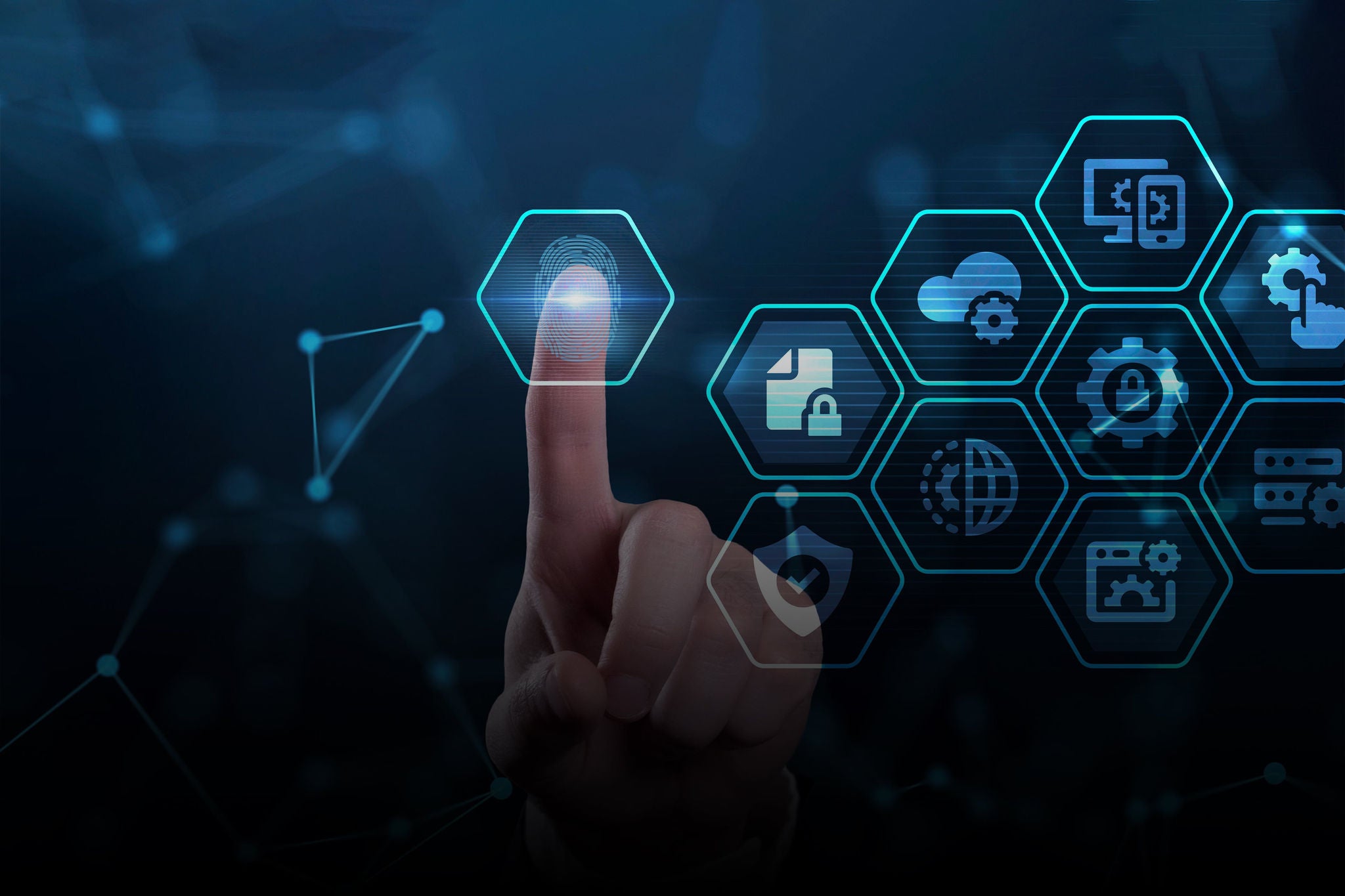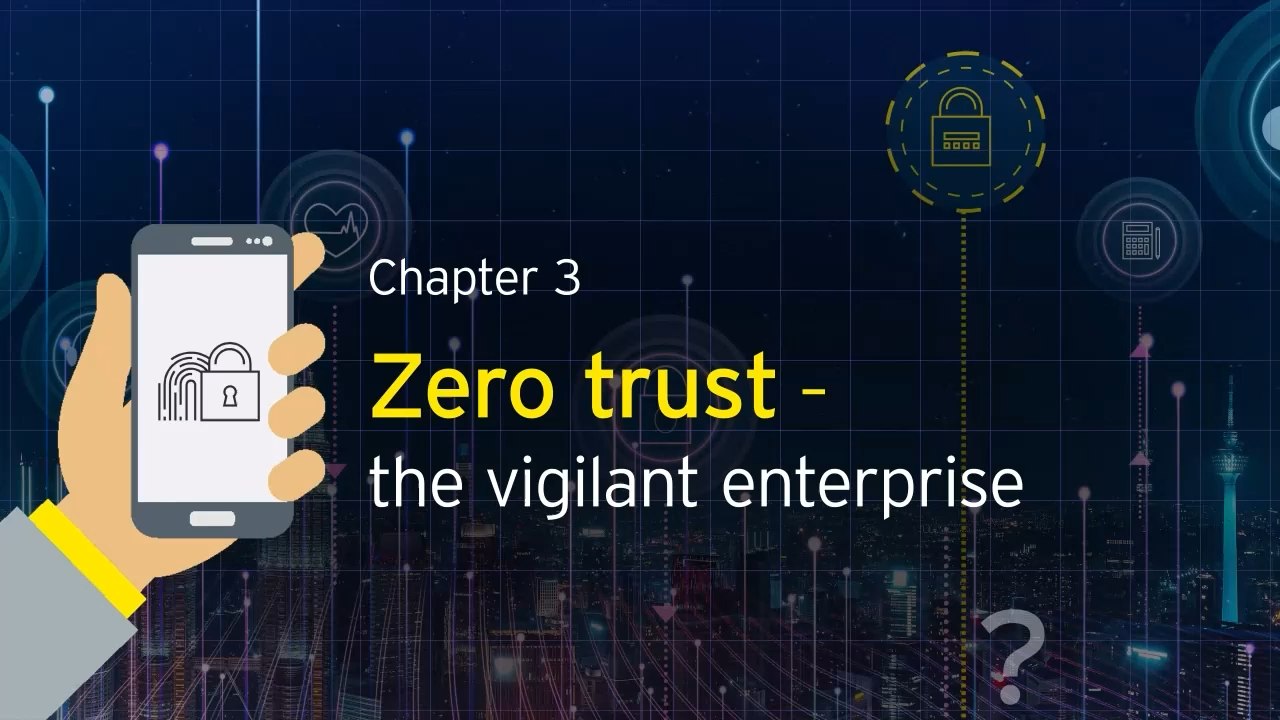EY refers to the global organization, and may refer to one or more, of the member firms of Ernst & Young Global Limited, each of which is a separate legal entity. Ernst & Young Global Limited, a UK company limited by guarantee, does not provide services to clients.
Cybersecurity is now one of the biggest global business risks. With an increasing number of enterprises adopting an always-online mode, especially after the pandemic, there is an increased need and urgency for cybersecurity.
Cyber-attacks cause losses of ̴US$6 trillion per year globally, according to a leading technology company’s estimates. This may cross US $10 trillion by 2025. India reported 14,02,809 and 674,021 cybersecurity incidents in 2021 and 2022 (till June), according to the Computer Emergency Response Team (CERT). Another report finds that data breaches cost Indian businesses an average of INR 17.6 crore in FY2022 — the highest ever reported.
Today’s hyper-connected enterprises, work-from-home, and cloud-first approaches have made old cyber defense strategies inadequate. Moreover, with the deperimeterization of enterprise IT architectures, companies now need to extend their security blanket to other stakeholders — from vendors to customers and employees.
Traditional cyber defense models based on risk have been fragile in the face of new attacks. IT departments that were used to building defense architectures based on a clearly delineated enterprise perimeter are now faced with rising incidence of supply chain viruses and malware inserted into trusted software platforms. Zero Trust Architecture (ZTA) principle, which is a radical departure from trusted access that depended on identifying the entity accessing the system and then defining its permitted access.
The Zero Trust Architecture
In the traditional system of trusted access, a high-security clearance person entity could access the entire IT system or most of it depending on the job’s requirement. However, ZTA operates on a ‘Deny by Default’ and ‘Always Verify’ principles. This means that access needs to be defined for not only the person entity but also for the non-person entity (device, network, application and data being accessed); and is limited to that specific purpose. The access is continuously evaluated throughout its process lifecycle in terms of trust and the risk associated. Based on the changes in metrics, the ZTA dynamically enforces the privilege associated with each access.







